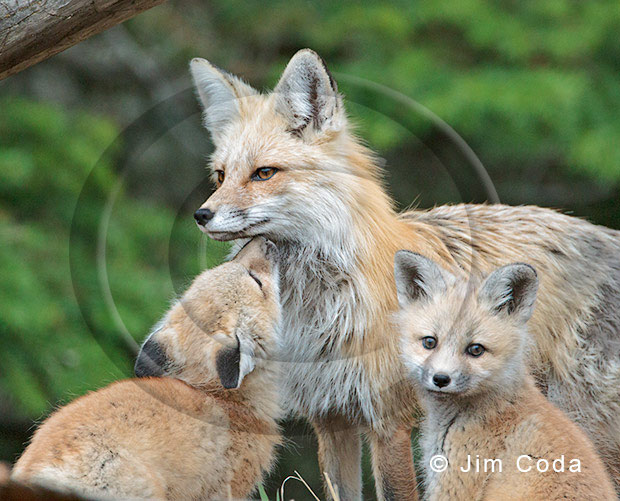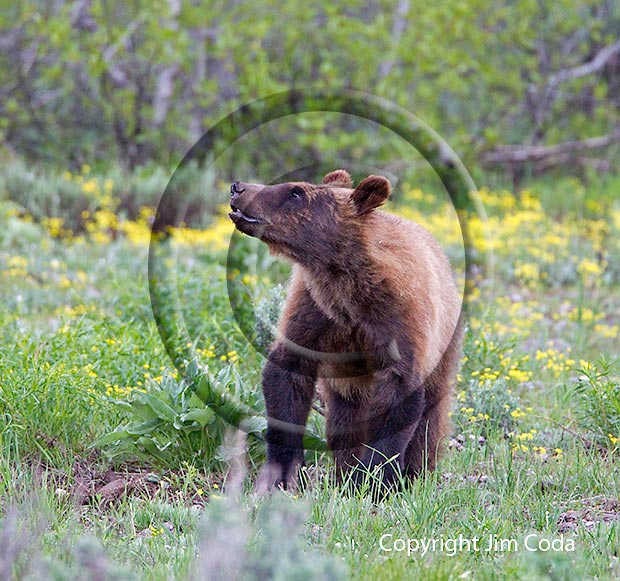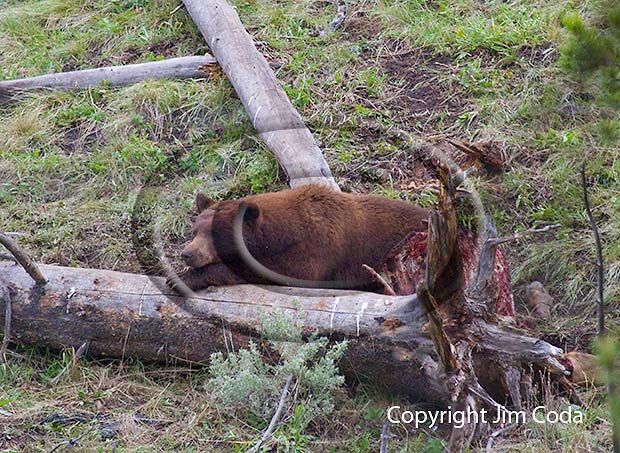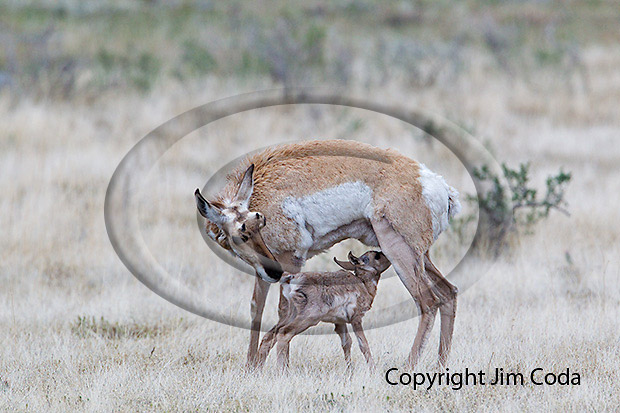Baling Twine, Potential Osprey Death Trap

As I was driving home after my visit to Yellowstone and Grand Teton National Parks, I saw something in the distance that caught my eye. It turned out to be a raptor nest made mostly of baling twine. I didn’t see any bird(s) in the nest at the time, but given the nest itself atop a power pole with baling twine as the main nest material, and the fact that the nest was near a river, I assumed the nest was built by ospreys.
I wrote an article about the dangers of baling twine to wildlife last August. It was triggered by a photo I took of a bull elk with a bit of baling twine caught in its antlers. You can read the article by clicking here. Ospreys are especially prone to injury and death by baling twine. The internet is full of articles about ospreys and the deadly effects of baling twine on them. Ospreys really like this light, soft material for nest-building.
The nest is close to the highway and at the entrance to Cooke’s Warm Creek Ranch which is in the Victor, Idaho, area. I did a google search and got one hit for the ranch. It turns out that the ranch is the site of a wetland restoration project that was done by Ducks Unlimited, the Teton Regional Land Trust and the ranch. That told me that the rancher was interested in protecting wildlife. You can read about the project here.

I felt the nest was an issue I needed to pursue. I called the Teton Regional Land Trust and spoke to a fellow named Matt. Matt was aware of the nest. He told me the nest has been used for 15 years and, so far, no casualties. He said baling twine is a serious problem and his organization has been working with ranchers to make sure no twine is left in the fields any more, but that there are nests like the one above with twine in them due to old practices. It’s not a simple matter of going to the nests and removing the twine because ospreys may abandon the nests. Because of this concern Idaho fish and Game’s policy is to leave the nests alone unless there is a power problem cause by the twine.
The upshot of this is that I have a better understanding of the problem. Just because a nest has baling twine in it doesn’t mean it should be removed from the nest. It seems to me the most important thing to do about baling twine is to not let ospreys get any of it in the first place. That means educating ranchers about its dangers. The Regional Teton Land Trust is doing that as I’m sure many other organizations are. I hope the manufacturers of baling twine are doing that as well with some sort of warning on their packaging.
Matt told me that Warm Creek is just that. It is a spring creek that, due to its warm water, is an important open water area in winter for species like trumpeter swans and moose. It is a tributary of the Teton River.











